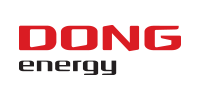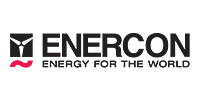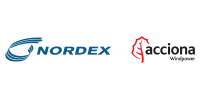Delegates are invited to meet and discuss with the poster presenters during the poster presentation sessions between 10:30-11:30 on Thursday, 29 September 2016.
Presenter

Co-authors:
Iker Martin Cuartango (1) F
(1) Ormazabal Protection & Automation , Bilbao , Spain
Presenter's biography
Biographies are supplied directly by presenters at WindEurope Summit 2016 and are published here uneditedMr. Iker Martin Cuartango was born in Bilbao (Spain) in 1979 and has been working as Product Manager in Ormazabal Protection and Automation since 2009. He finished his engineering studies in the Escuela Técnica Superior de Ingeniería Bilbao. His previous work experiences include General Electric (G.E.) Multilin Europe, focusing on Protection Relays, Service and Application, as well as Global Energy Services by specializing in Service and Commissioning for substations in Wind farms.
Abstract
Advanced Wind Turbine Generator dedicated protection and control system
Introduction
Usually a wind farm consists of many turbines and technologies, often spread across a large geographic area and typically sited in harsh environments. It is essential to guarantee the stability and consistency of the performance of each wind turbine, by optimizing the protection and control systems of generators. On the other hand, the stable and consistent performance of each wind power generator is the most critical factor to wind farm developers for recovering the initial investment in a short period of time.
Approach
During the last decade, the technology in wind energy has been developed rapidly, which constantly increases the requirements in the installations that generates new needs for Medium Voltage switchgear and associated protection and automation functions. The constant evolution on the field of protection and automation allows us to solve these problems on a technological and cost effective way.
Main body of abstract
The abstract identifies some of the problems and enhancement possibilities detected during the last years and defines their solutions:
• MTBF improvement Self –powered protection systems
• Need to discriminate internal and external fault in order to accelerate the former Directional overcurrent protection
• Increase of the nominal power of the WTGs and selectivity Inrush current filtering
• Grid Code compliance (voltage dips and Reactive Power control) Sequential reconnection of the WTGs
• WFs spread around the world Standardised protection solutions independent from the earthing system
• Remote control and monitoring of the MV variables Oscillography and event recording for fault analysing, current, voltage and power measuring and IP communications.
• Changes on the protection philosophy due to climatic facts Different protection settings for different exploitation regimes to be changed automatically
Conclusion
New developments in the field of protection and control device allow us to implement the functions required for solving the above questions in compact systems, which does not affect the current dimensions of these devices. Furthermore, these new developments focus on Plug&Play solutions for getting a more competitive system, in terms of CAPEX & COMMISSIONING savings.
Learning objectives
Field deployment of the described functions is already in progress in different wind farms around the world, in countries as different as U.K., Spain, Thailand, Jamaica, U.S.A. or Belgium, for example.





Follow EWEA on: